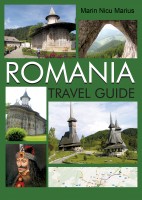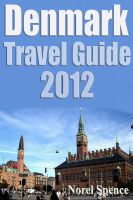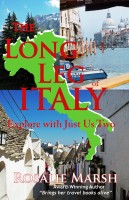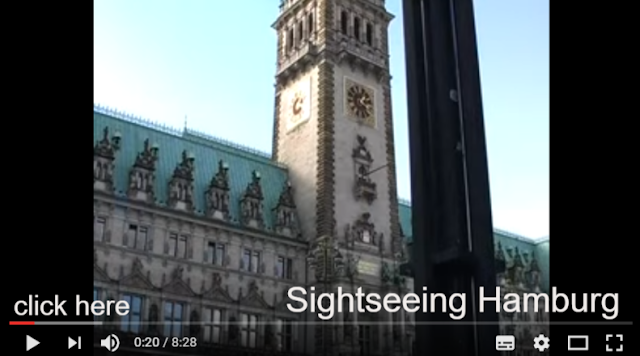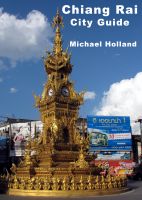
Share by THE FLYING COUPONER
The country of Cuba was off limits to many travelers for years and now that people can travel there, they will find that there is so much more beyond the beaches along the shorelines. The countryside, forests, and mountains are full of history, folklore, and treasures, and what is even better is that people who are traveling with their children will find themselves welcomed everywhere that they go.
Here are 7 of the best things to do with children while in Cuba:
While walking along the streets of Havana, families can stop at the Plaza de la Catedral where the Catedral de San Cristobal de la Habana is located. The entire family will want to search for the plaque and marble wreath that was placed here to mark one of the places that Christopher Columbus was laid to rest.
There are three more plazas in the area and each one, Plaza de Armas, Plaza Vieja, and Plaza de San Francisco de Asis, is unique in its own way. Families should try to visit the Plaza Vieja during the evening hours, because the parents can enjoy a drink or two while the children watch puppet shows, balloon artists, and numerous street performers. ..... keep reading .... http://bit.ly/2p77G7p
Related stories
Enjoy 5 steps life-changing when you visit to Cuba
How to Travel to Cuba an island paradise you must see
Frequently Asked Questions: How to Travel to Cuba
Enjoy 5 steps life-changing when you visit to Cuba
How to Travel to Cuba an island paradise you must see
Frequently Asked Questions: How to Travel to Cuba
More travel stories
Revealing The paradise Caribbean Island You’ve Never Heard Of
TOP 6 REASONS YOU NEED TO TRAVEL TO CAYMAN ISLANDS
Interesting and best family holiday in attractive BERMUDA
Introducing 10 Most Beautiful Places in Dominica
Find out the best 9 gorgeous Caribbean islands
Read : Latest Issue of “travel” Newsletter and Follow my blog with Bloglovin
Read travel eBOOK   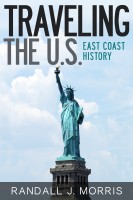 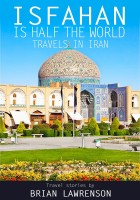  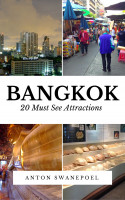      
Even more Travel Reference Ebook : Click Here
|



